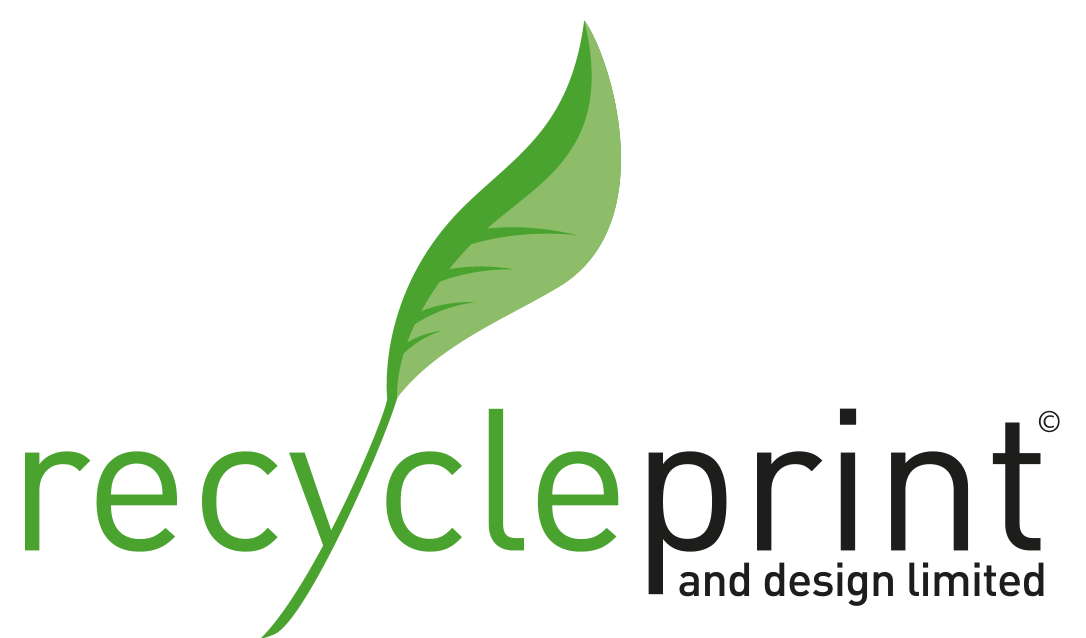The commercial printing industry plays a crucial role in a wide range of sectors, from advertising to packaging. As environmental concerns continue to rise, businesses are recognizing the importance of sustainability practices. One key avenue toward a greener industry is recycling, which not only reduces waste but also minimizes resource consumption and energy use. This article will explore the significance of recycling in the commercial printing industry, the materials involved, and the practices that are helping to make a difference.
The Importance of Recycling in Commercial Printing
In an industry where high volumes of paper, ink, and other materials are used daily, the potential for waste is immense. According to industry estimates, traditional printing operations generate considerable waste through off-cuts, misprints, unused inks, and packaging. Recycling helps mitigate these negative environmental impacts by reusing materials that would otherwise end up in landfills. By embracing recycling, commercial printers can contribute to a circular economy—one that promotes the reuse, remanufacture, and recycling of resources to reduce environmental harm.
Recycling efforts also improve the sustainability profile of companies that rely on print media, making them more appealing to eco-conscious consumers. With public awareness around sustainability growing, clients are increasingly seeking suppliers that minimize their environmental footprint. For commercial printers, adopting effective recycling practices can be both a business and an ethical imperative.
Key Materials Recycled in Commercial Printing
1. Paper: Paper remains the most prominent material in the printing industry. Many commercial printers have adopted practices to recycle paper waste generated during the production process. Recycled paper not only saves trees but also conserves energy and water during the papermaking process. While paper can be recycled up to 5-7 times before losing its fiber strength, innovations in paper recycling have made it possible to increase this lifespan.
2. Ink: Inks are a significant concern in the recycling process due to their composition, which often includes chemicals and heavy metals. However, modern printing technologies have reduced ink waste through advancements such as digital printing, which uses only the necessary amount of ink for each print job. The industry is also moving toward more eco-friendly inks like soy-based or vegetable-based inks that are easier to remove during the recycling process, contributing to cleaner paper recovery and less contamination.
3. Plastics and Packaging: The packaging materials used for shipping printed products are often made from plastic or paperboard. Many commercial printing businesses now actively recycle these materials, using biodegradable or recycled-content packaging whenever possible. By incorporating closed-loop recycling systems, printers can recycle the packaging material they use, reducing their environmental impact and lowering costs.
4. Plates and Aluminum: Lithographic printing, one of the most common methods in commercial printing, uses aluminum plates to transfer images to paper. Aluminum is highly recyclable, and many printers have established programs to recycle used plates. Recycling aluminum saves energy, as it requires only 5% of the energy needed to produce new aluminum.
Industry Practices and Innovations
Commercial printers are increasingly adopting new practices to improve recycling efficiency:
1. Print-on-Demand: Traditional printing often involved overproduction to meet minimum print runs. Print-on-demand technology has revolutionized this by allowing businesses to print only the exact quantity needed, thereby reducing paper and ink waste.
2. Digital Printing: Digital printing methods generate far less waste than conventional printing, which can produce significant excess due to setup and trial runs. Digital presses require no plates and use precise amounts of ink, making it a more sustainable option.
3. Closed-Loop Recycling Systems: Some printing companies have implemented closed-loop systems in which they recycle their own waste, including paper, ink, and packaging, back into the production process. This reduces the need for raw materials and lowers waste management costs.
4. Deinking and Paper Recovery Technologies: Innovations in deinking—removing ink from printed paper—have improved the quality of recycled paper. This process makes it easier to reuse paper fibers without contamination from ink residues, increasing the value of recycled paper.
Challenges and Future Outlook
Despite the progress, several challenges remain. Recycling in the printing industry requires overcoming issues related to the contamination of paper with inks and coatings, and certain types of specialty papers are more difficult to recycle. Additionally, the cost of adopting sustainable practices can be high for smaller printing companies, though long-term savings and environmental benefits often outweigh the initial investment.
The future of recycling in commercial printing is promising, driven by technological advancements and increasing awareness of environmental responsibilities. As consumer demand for sustainable products grows, the industry is likely to see further innovations that reduce waste and promote recycling on a larger scale. The commercial printing industry’s commitment to sustainability, coupled with advancements in recycling technologies, will continue to play a crucial role in reducing its environmental impact.
Conclusion
Recycling is transforming the commercial printing industry, offering a viable path toward sustainability. By embracing recycling practices, businesses in this sector can significantly reduce their environmental footprint, conserve resources, and meet the demands of eco-conscious clients. Through technological innovation, process improvements, and a commitment to sustainability, the industry is on a promising journey toward a greener future.

